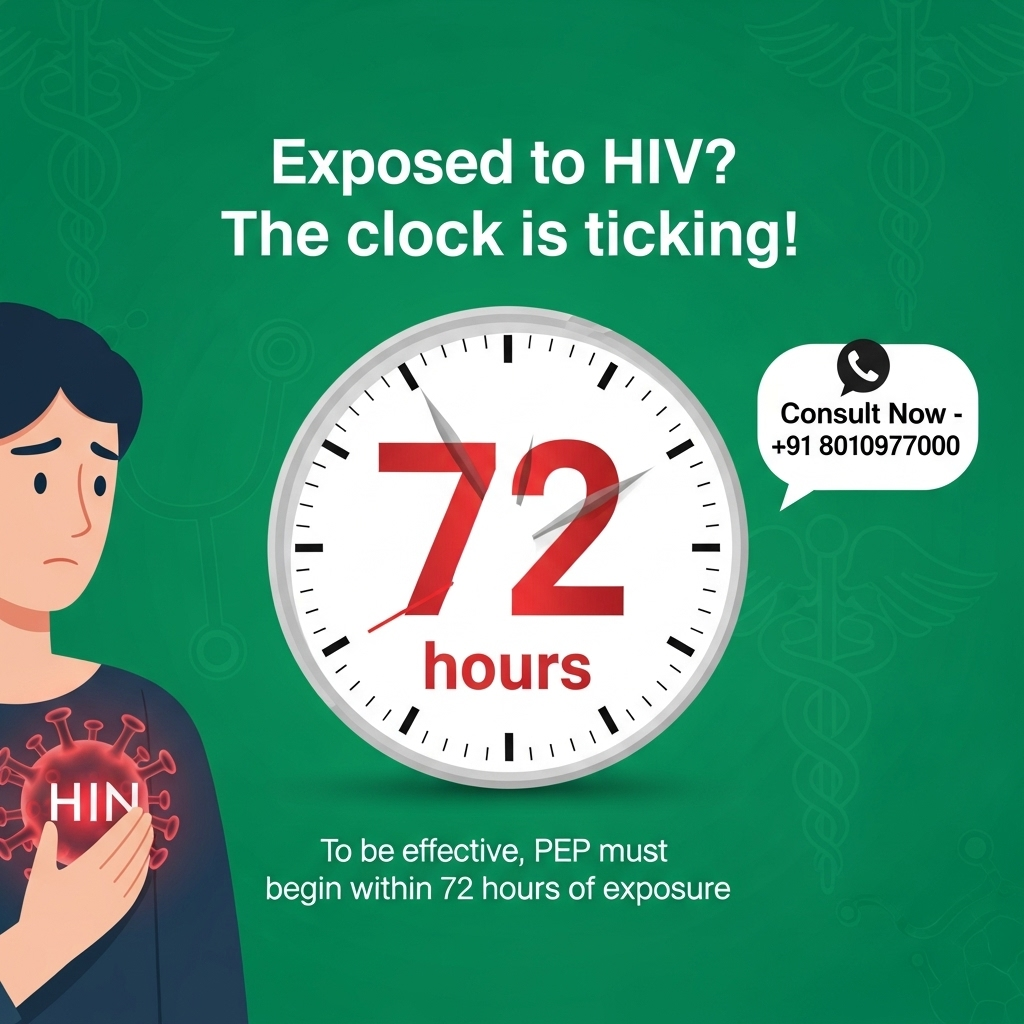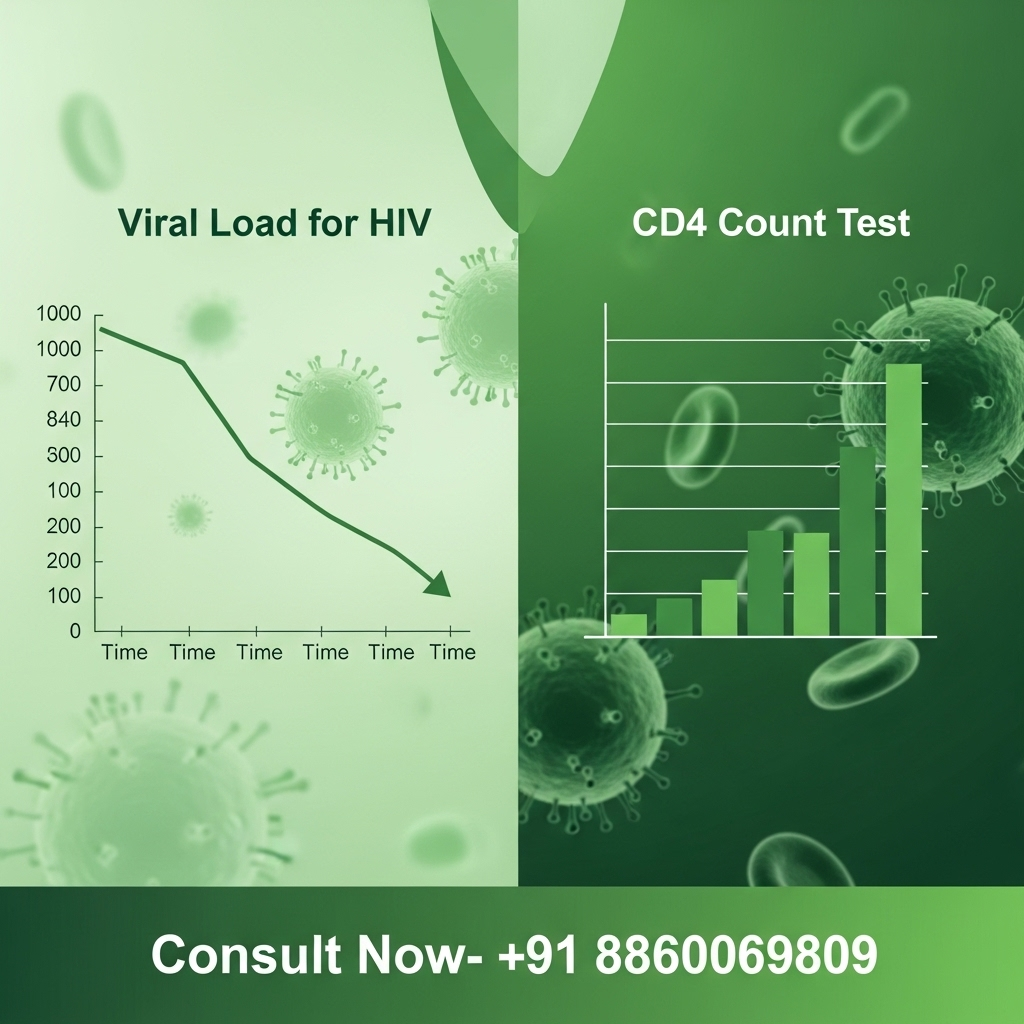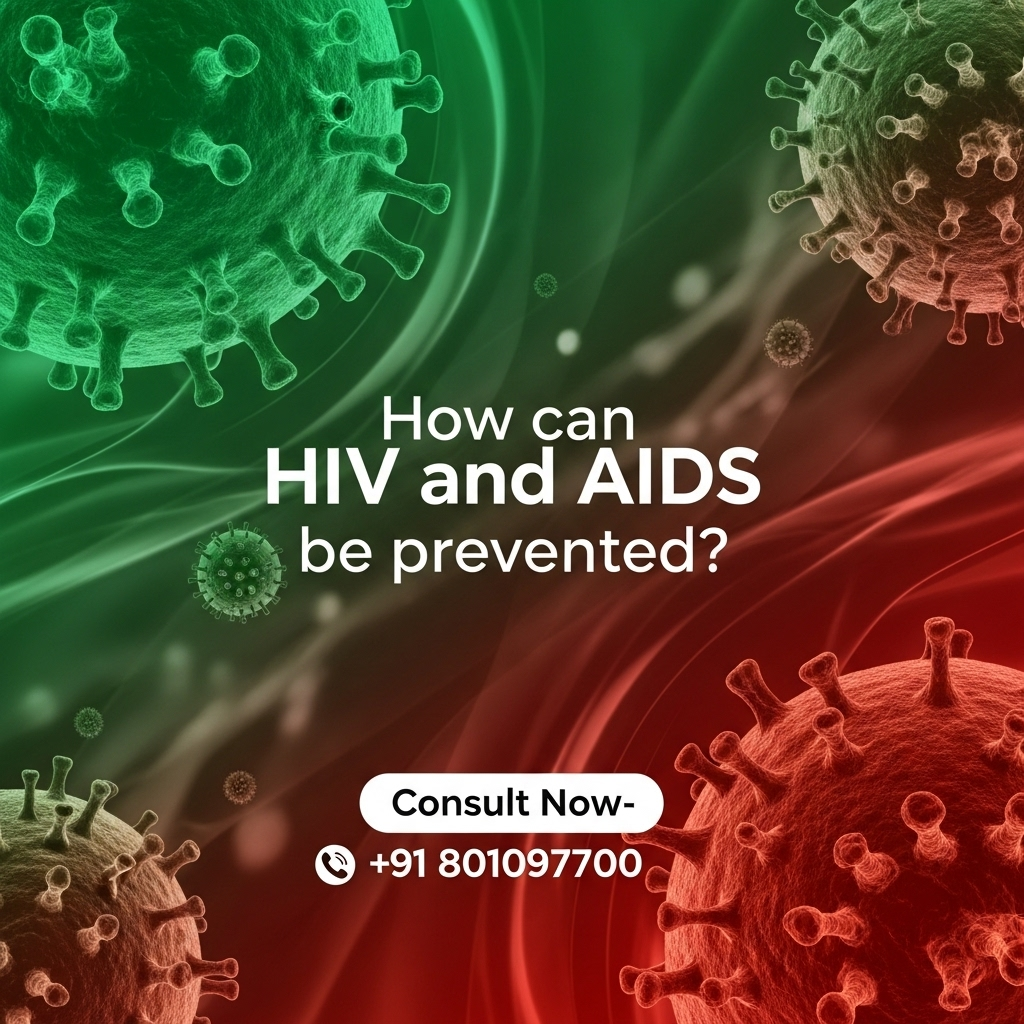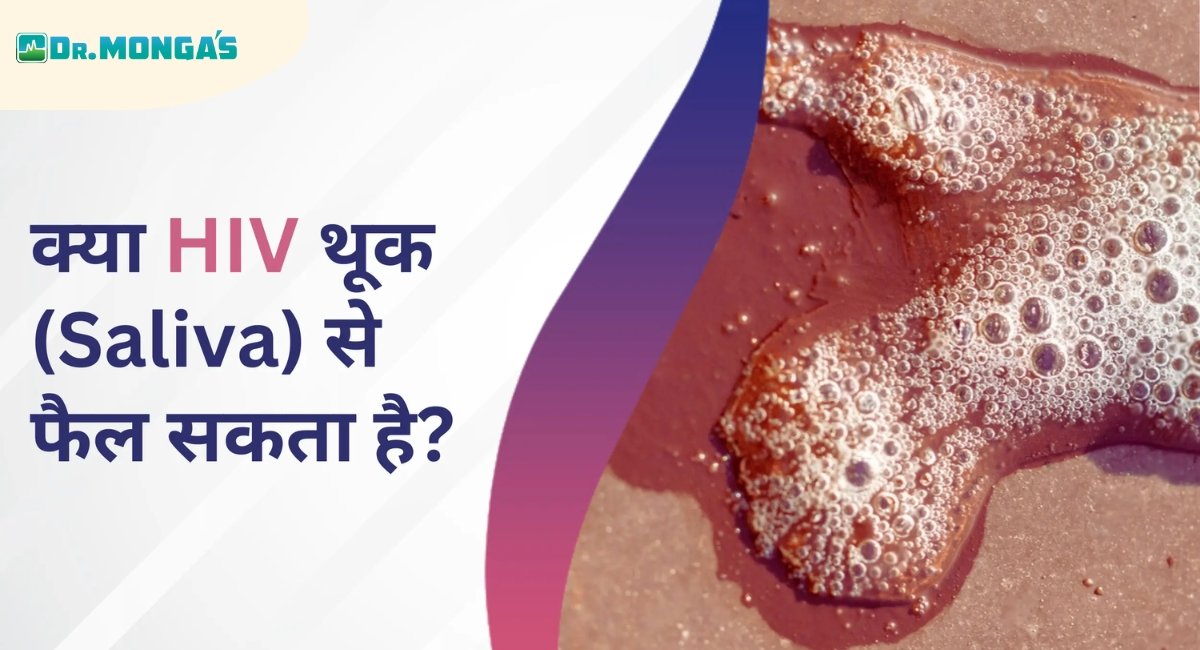What is the purpose of post-exposure prophylaxis (PEP) and how effective is it at preventing infections?
In our ever-changing world, health concerns are at the forefront of many people’s minds. One of the tools used to address potential HIV exposure is post-exposure prophylaxis, commonly known as PEP.

Post-exposure prophylaxis (PEP) helps prevent HIV infection when a person may have been exposed to the virus. It is not a cure for HIV, but rather an emergency measure to reduce the risk of infection.
How PEP Works
PEP involves taking antiretroviral drugs (ARVs) after a potential exposure to HIV. These drugs prevent the virus from spreading in the body. Start PEP within 72 hours of possible exposure for the best protection—beginning treatment as soon as possible gives the highest chance of success.
Treatment usually lasts 28 days and includes a combination of ARVs. It is important to complete the full course of medication to maximize its effectiveness.
When is PEP Recommended?
Doctors recommend PEP when someone has a known or suspected exposure to HIV Some common scenarios include:
- Unprotected sex with someone who is HIV positive or whose HIV status is unknown
- Sharing needles or other injection equipment
- Occupational exposure, such as needlestick injuries to healthcare workers
If you think you need PEP, it’s important to consult a healthcare professional immediately. They will assess your condition and determine if PEP is appropriate.
The Effectiveness of PEP

When taken correctly and on time, PEP works effectively to prevent HIV infection. Studies show that starting it within 72 hours and continuing for 28 days can greatly lower the risk of HIV.
However, PEP is not 100% effective. Factors that affect its effectiveness include:
- Timing: It is important to start PEP as soon as possible after exposure.
- Compliance: For optimal protection, it is important to complete the entire 28-day course without missing any doses.
- Type of exposure: The nature and severity of the exposure can affect the effectiveness of PEP.
Although PEP can be life-saving in an emergency, it is not a substitute for routine preventive measures such as using condoms or taking pre-exposure prophylaxis (PrEP) if exposure continues.
Guidelines for PEP Treatment
General Guidelines
PEP treatment guidelines emphasize the importance of prompt action and adherence to medication regimens. Here are some key points:
- Start early: PEP should be started as soon as possible, ideally within a few hours of exposure.
- Medication adherence: Strictly follow the prescribed regimen for 28 days.
- Follow-up care: Regular follow-up with a healthcare provider is essential to monitor side effects and ensure treatment is working.
Finding PEP Treatment Near You
If you think you need PEP, it’s important to know where to go for treatment. Many hospitals, clinics, and healthcare providers offer PEP treatment. Searching for “PEP treatment near me” can find a list of nearby facilities. Emergency rooms and urgent care centers are also equipped to handle PEP cases.
Common Questions About PEP
Are There Any Side Effects?
Like any medication, PEP can have side effects. These can include nausea, fatigue, diarrhea, and headaches. It’s important to talk to your healthcare provider about any side effects, as they can often help manage them.
Can Anyone Take PEP?
PEP is generally safe for most people, but it’s important to consult a healthcare provider to make sure it’s appropriate for you. Factors such as other medications, existing health conditions, and potential drug interactions will be considered.
Is PEP Confidential?
Yes, PEP treatment is confidential. Healthcare providers are committed to protecting your privacy and ensuring that your treatment information is kept secure.
The Role of PEP in Public Health

PEP is a vital tool in the fight against HIV. It provides an emergency option to prevent infection after potential exposure. Although it is not a substitute for routine prevention methods, it plays an important role in public health strategies to reduce HIV transmission.
Complementary Preventive Measures
While PEP is effective in emergency situations, it should be part of a comprehensive strategy to prevent HIV. This includes using condoms consistently, getting regular HIV testing, and considering PrEP for ongoing risk situations.
Conclusion
Post-exposure prophylaxis (PEP) is an important emergency treatment that can significantly reduce the risk of HIV infection when taken correctly. By understanding its purpose, its mechanism, and its effectiveness, individuals can make informed decisions about their health in the event of a potential exposure to HIV.
If you ever find yourself in a situation where PEP is necessary, act immediately, seek medical advice, and follow the treatment regimen to maximize its protective benefits. Remember, prevention is always better than cure, so use PEP as part of a comprehensive approach to staying safe and healthy.











Leave a Reply